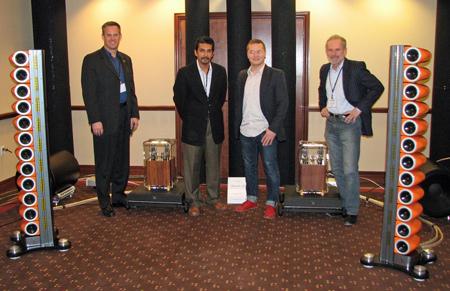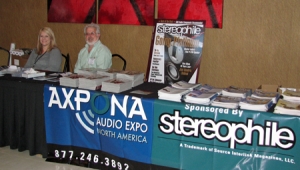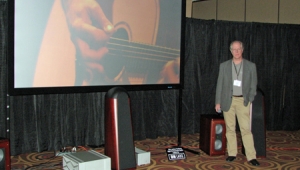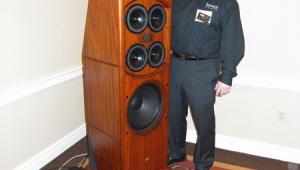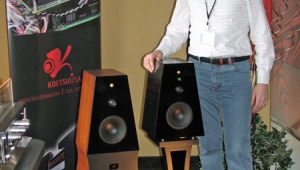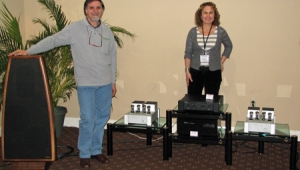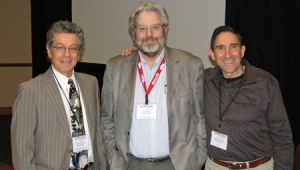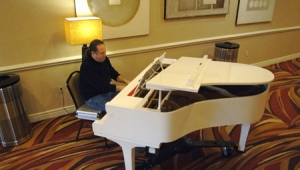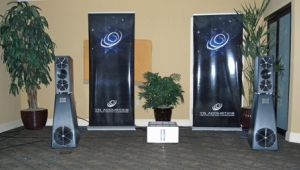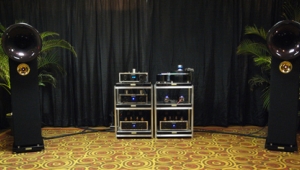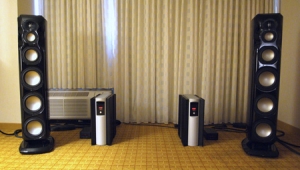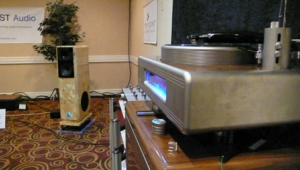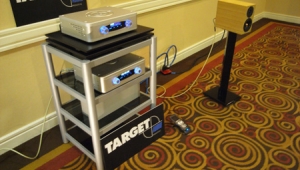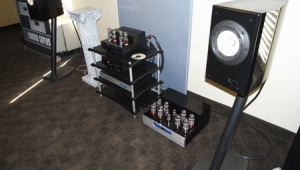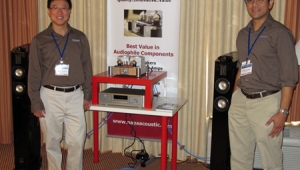| Columns Retired Columns & Blogs |
IMHO this is a system I could live with happily...forever. We all have listening preferences - I especially value the rendering of acoustic "space" in a recording. This system had it nailed! I honestly felt I could pry myself out of my chair and walk over and touch the musicians. Rarely have I heard such a holographic soundfield as that generated by this system. I got a kick out of watching the expressions on the faces of folks entering the room. Without exception, their demeanor went from neutral to astonishment. I agree with Jason that these components, working in a magical synergy, add up to a listening experience which is, in his words, "truly special."
